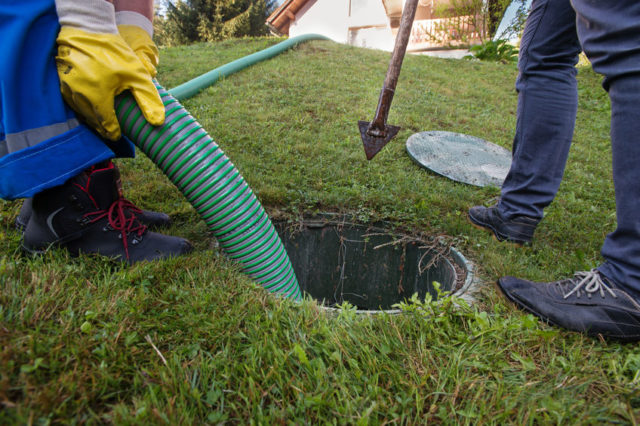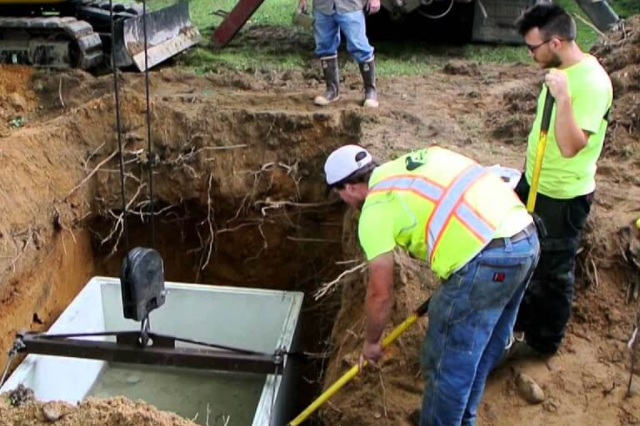- Population: [population] (2022 estimate)
- Median Home Price: [median-home-price] (2024 estimate)
- Known For: [known-for]
- Local Challenges: [local-challenges]
- Nearby Cities: [nearby-cities]
Population: [population] (2022 estimate)
Median Home Price: [median-home-price] (2024 estimate)
Known For: [known-for]
Local Challenges: [local-challenges]
Nearby Cities: [nearby-cities]


Need a trusted pro in [city]? Browse our services for:
Septic Pumping & Cleaning | Septic Inspection | Septic Repair | Septic Installation
1. Inspect Your Septic System After Storms
After heavy spring storms, it’s important for [city] homeowners to inspect their septic systems for any signs of damage. New homes are especially vulnerable to flooding and system backups. If you spot issues like water pooling near the septic tank or unusual odors, hire a trusted local septic professional for quick repairs. Keeping up with storm-related maintenance helps protect your home and saves you from bigger problems down the road.
2. Schedule Regular Septic Pumping
Septic pumping is crucial for keeping your system running smoothly. In [city], the average home should have their septic tank pumped every 3 to 5 years. Regular pumping ensures waste doesn’t build up and back up into your home. Need a trusted septic service provider? All American Septic connects you with the best local contractors for all your septic pumping needs.
3. Maintain Your Drain Field
The drain field is a critical part of your septic system, and it requires regular maintenance. In [city], with heavy rainfall in the spring, it’s important to keep trees and shrubs away from your drain field to prevent root damage. Ensure proper drainage around the area to prevent oversaturation, which can lead to system failure.
